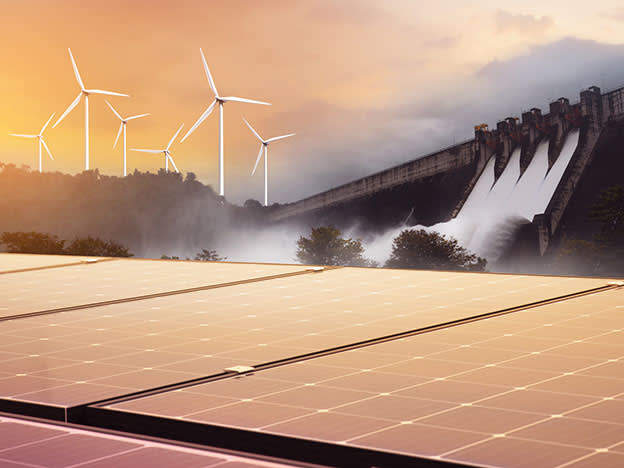Carbon credits have been a hot topic in recent years, with their issuance surging in 2021/22 before moderating last year. These credits, used by companies to offset carbon dioxide emissions, come in two main types: compliance credits and voluntary offsets. Compliance credits are mandated by regulations, while voluntary offsets are purchased to voluntarily reduce emissions.
Under cap-and-trade schemes, companies are incentivized to reduce greenhouse gas emissions and invest in alternative technologies by gradually reducing the amount of CO2 allowed under the schemes. As the pressure mounts for public and private entities to meet environmental targets by 2030, 2035, and 2050, carbon credits and offsets are likely to attract renewed interest from the media.
Around 20% of global emissions are now covered by carbon markets, largely due to governmental frameworks in the European Union and China. With regulators tightening supply and including more sectors in their net-zero targets, the importance of carbon credits in the transition to a low-carbon economy is becoming increasingly clear.
As we look ahead to the future, it’s evident that carbon credits will continue to play a significant role in the fight against climate change. With the looming net-zero targets and increasing pressure to reduce emissions, the spotlight on carbon credits is only set to grow. It will be interesting to see how companies and governments adapt to this changing landscape and embrace carbon credits as a key tool in the battle against climate change.

